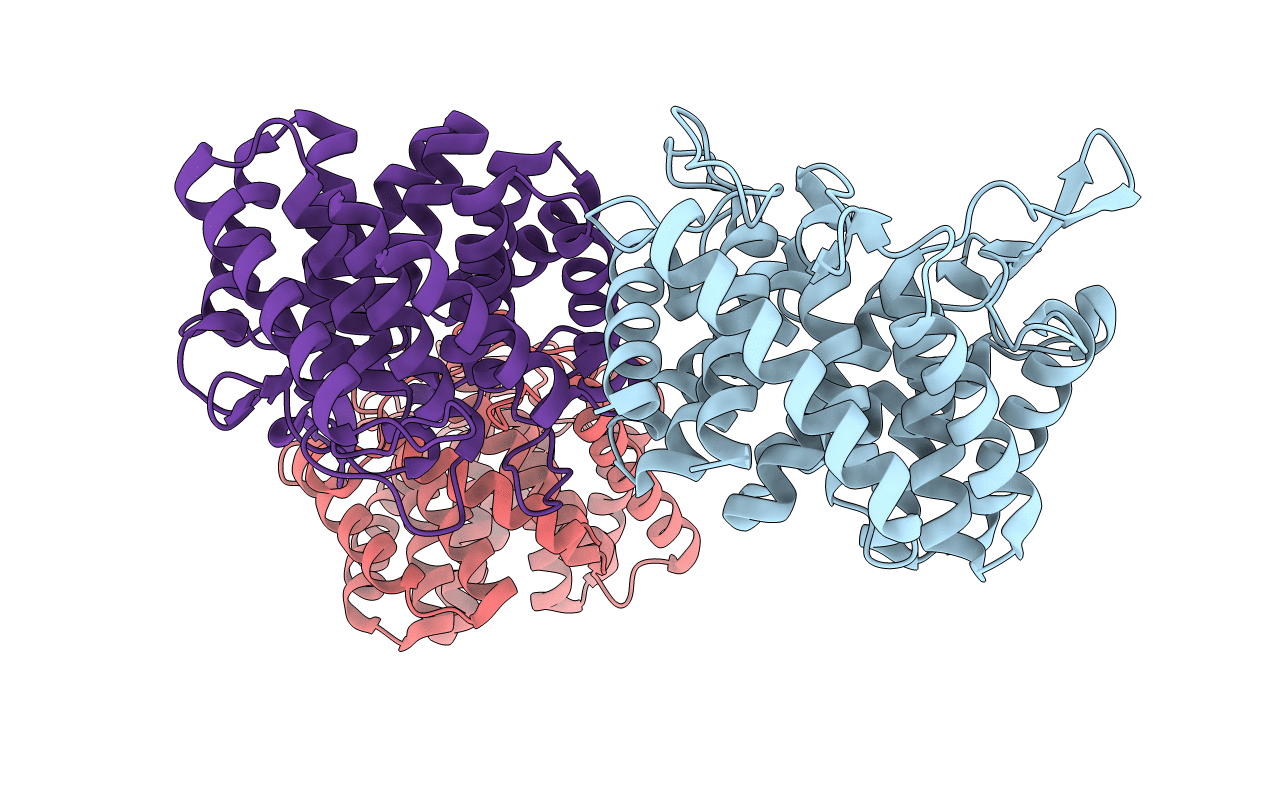
Deposition Date
2019-08-06
Release Date
2020-08-26
Last Version Date
2024-01-24
Entry Detail
PDB ID:
6SHD
Keywords:
Title:
Structure of the GH76A alpha-1,6-mannanase from Salegentibacter sp. HEL1_6
Biological Source:
Source Organism:
Salegentibacter sp. Hel_I_6 (Taxon ID: 1250278)
Host Organism:
Method Details:
Experimental Method:
Resolution:
2.00 Å
R-Value Free:
0.20
R-Value Work:
0.14
R-Value Observed:
0.14
Space Group:
I 1 2 1


